Archive
Henry Rox
- Henry
- Rox
Heinrich Rosenberg
- 18-03-1899
- Berlin (DE)
- 14-07-1967
- South Hadley (US)
- PhotographerSculptor
Henry Rox was a German émigré sculptor and photographer who, in 1938, arrived in New York with his wife, the journalist and art historian Lotte Rox (née Charlotte Fleck), after an initial exile in London. Besides his work as a sculptor, he began creating humorous anthropomorphised fruit and vegetable photographs.
Word Count: 50
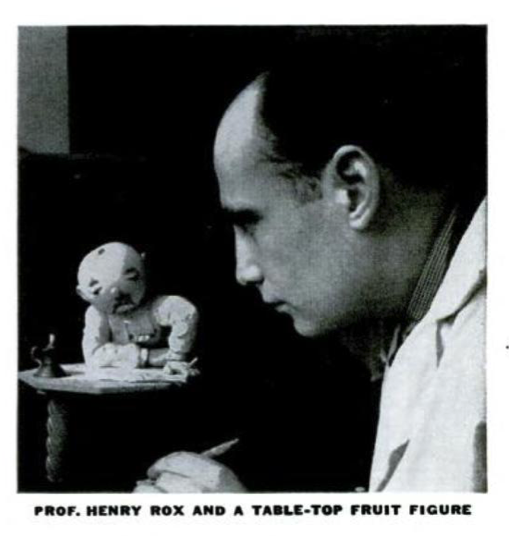
Portrait of Henry Rox published in Life, June 1941, pp. 11 (Photo: Helene Roth). 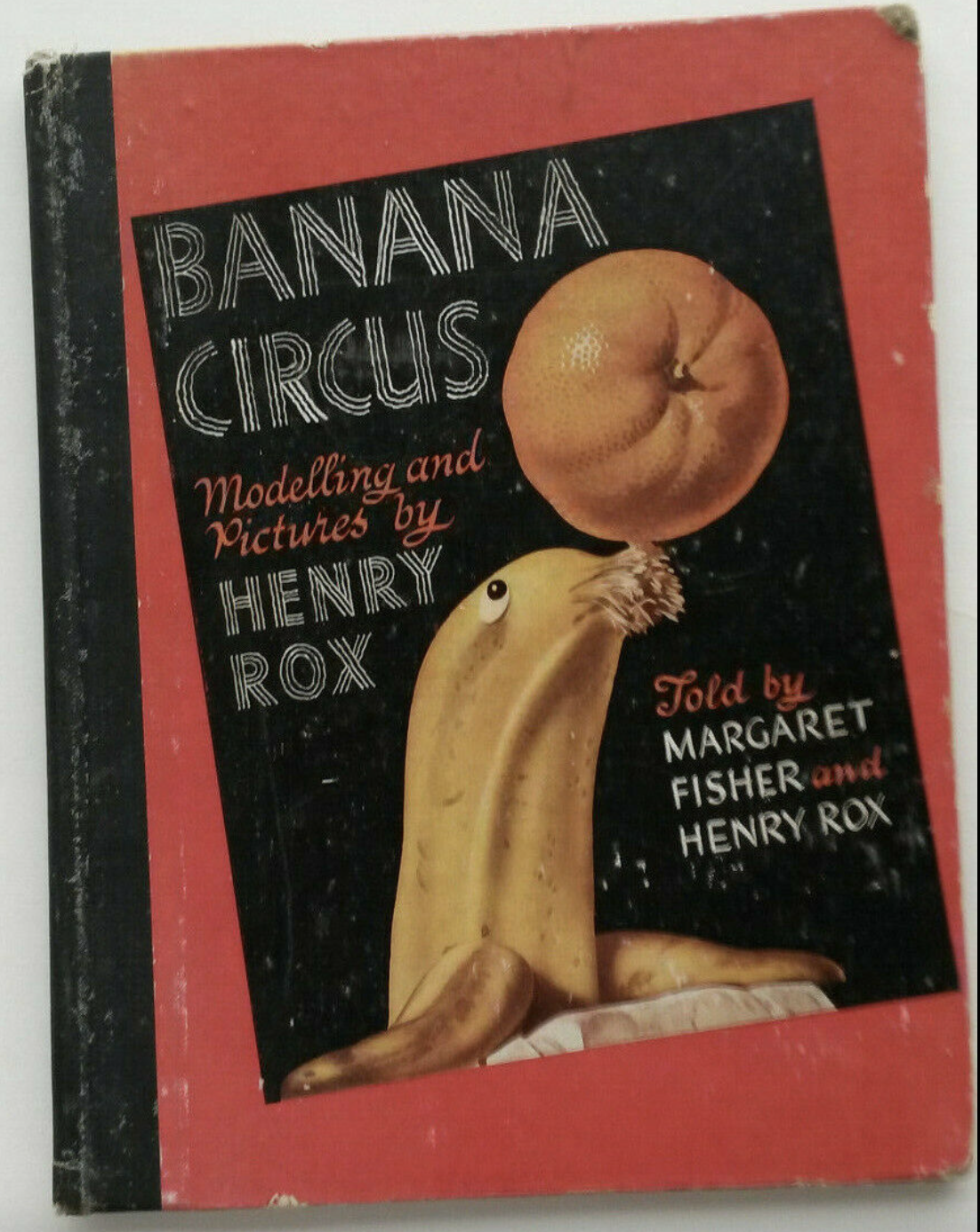
Cover of Banana Circus by Henry Rox and Margaret Fisher (G.P. Putnam’s Sons, 1940). 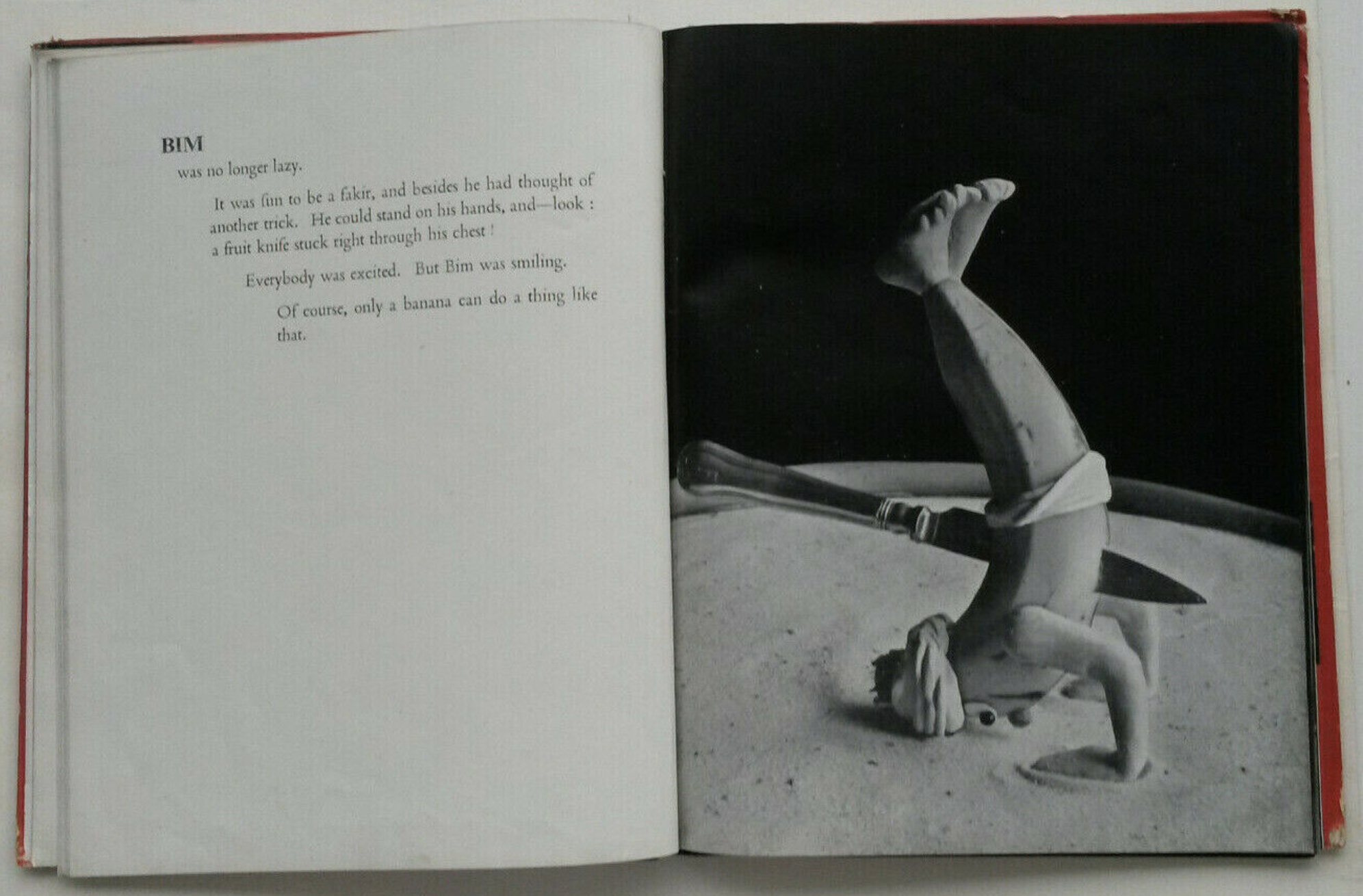
Inside view of Banana fakir Bim in Banana Circus by Henry Rox and Margaret Fisher (G.P. Putnam’s Sons, 1940). 
Inside view of strong Banana man Tim in Banana Circus by Henry Rox and Margaret Fisher (G.P. Putnam’s Sons, 1940). 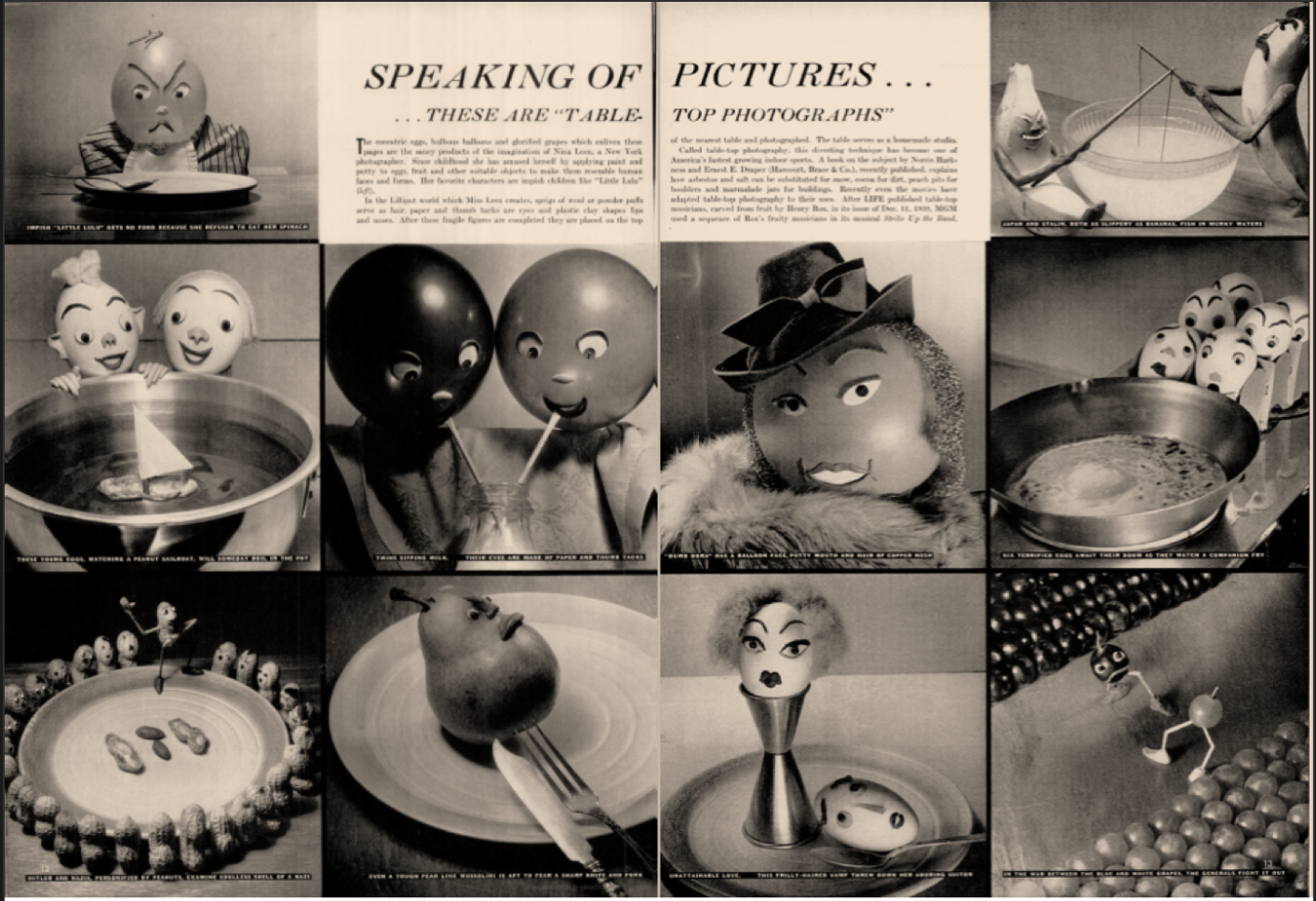
Henry Rox fruit and vegetable photo models published in "Speaking of Pictures ... These Are Table-Top Photographs.“ Life, 18. November 1940, pp. 12–13 (Photo: Helene Roth). 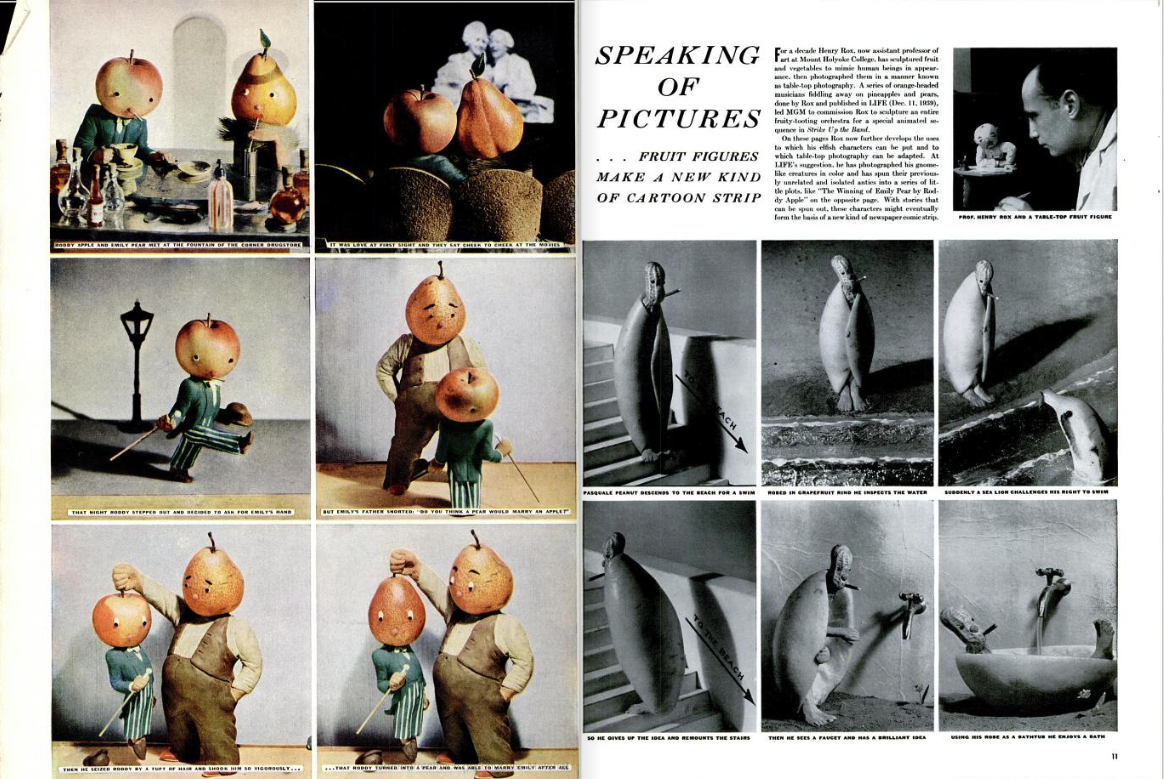
“Speaking of Pictures … Fruit Figures Make A New Kind Of Cartoon Strip.” Life, June 1941, pp. 10–11 (Photo: Helene Roth). 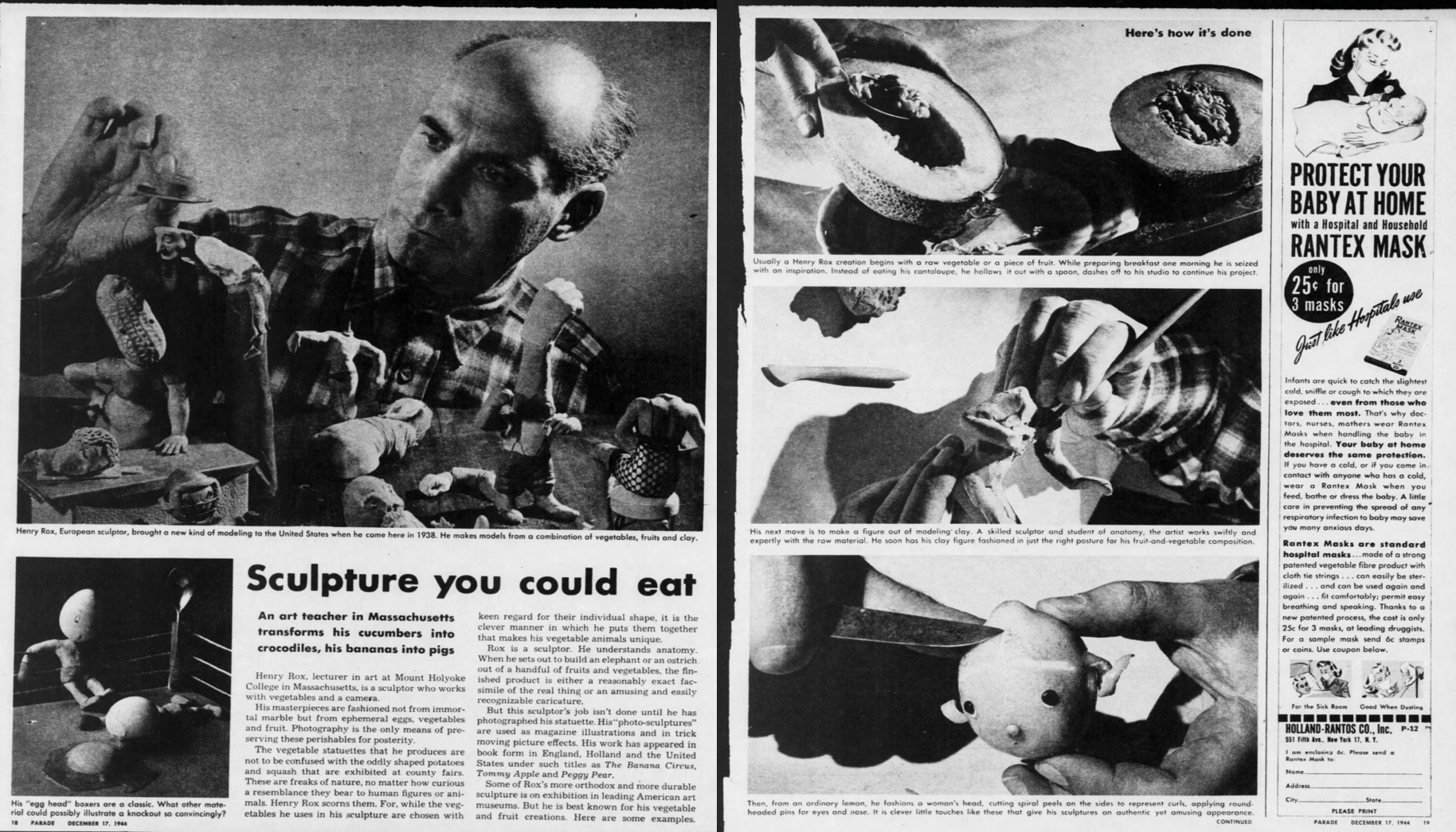
“Sculpture you could eat.” Detroit Free Press, 17 December 1944, pp. 18–19 (Photo: Helene Roth). 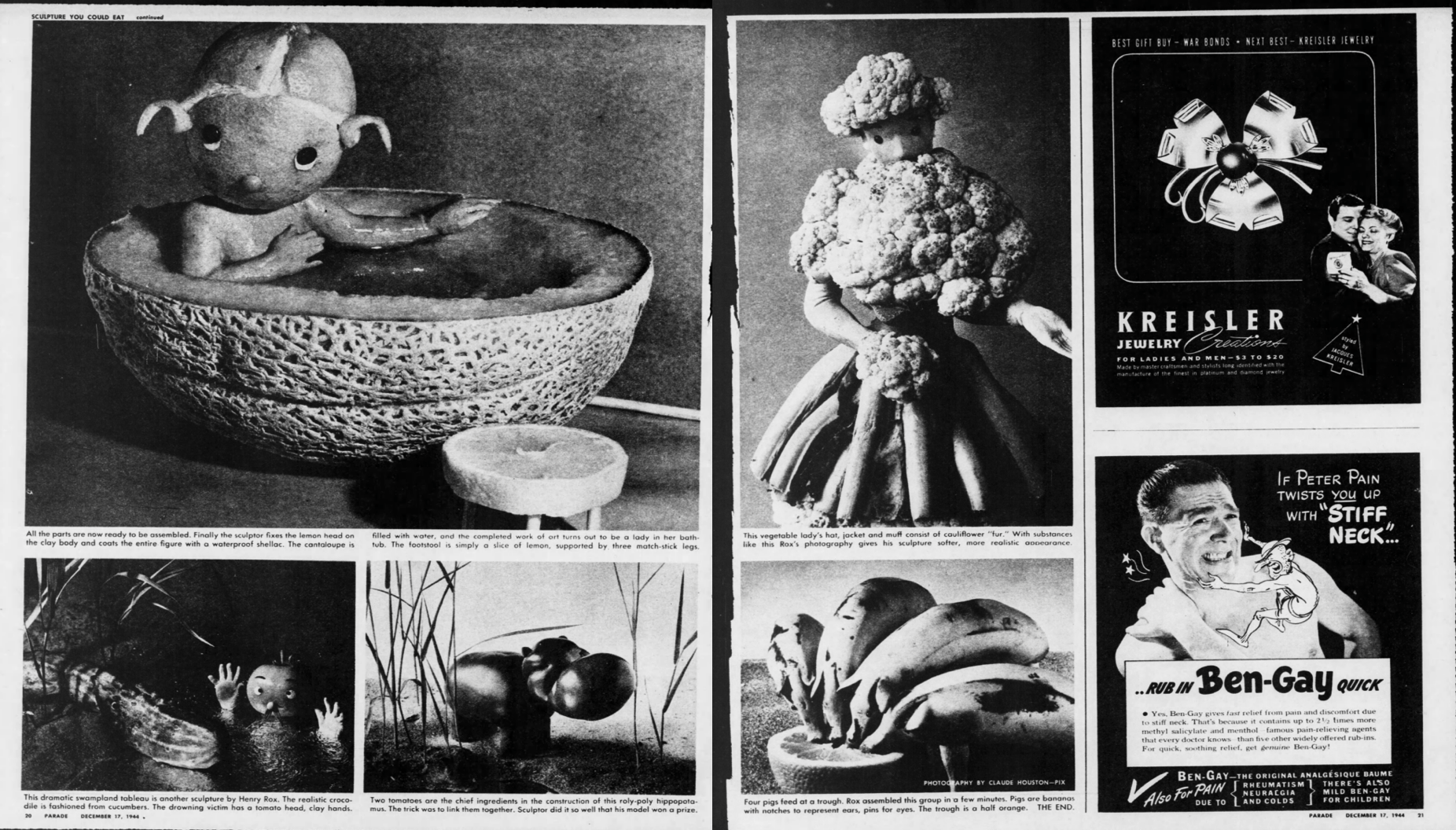
“Sculpture you could eat.” Detroit Free Press, 17 December 1944, pp. 20–21 (Photo: Helene Roth). 
Cover photo by Henry Fox for Family Circle, February 1958 (Photo: Helene Roth). 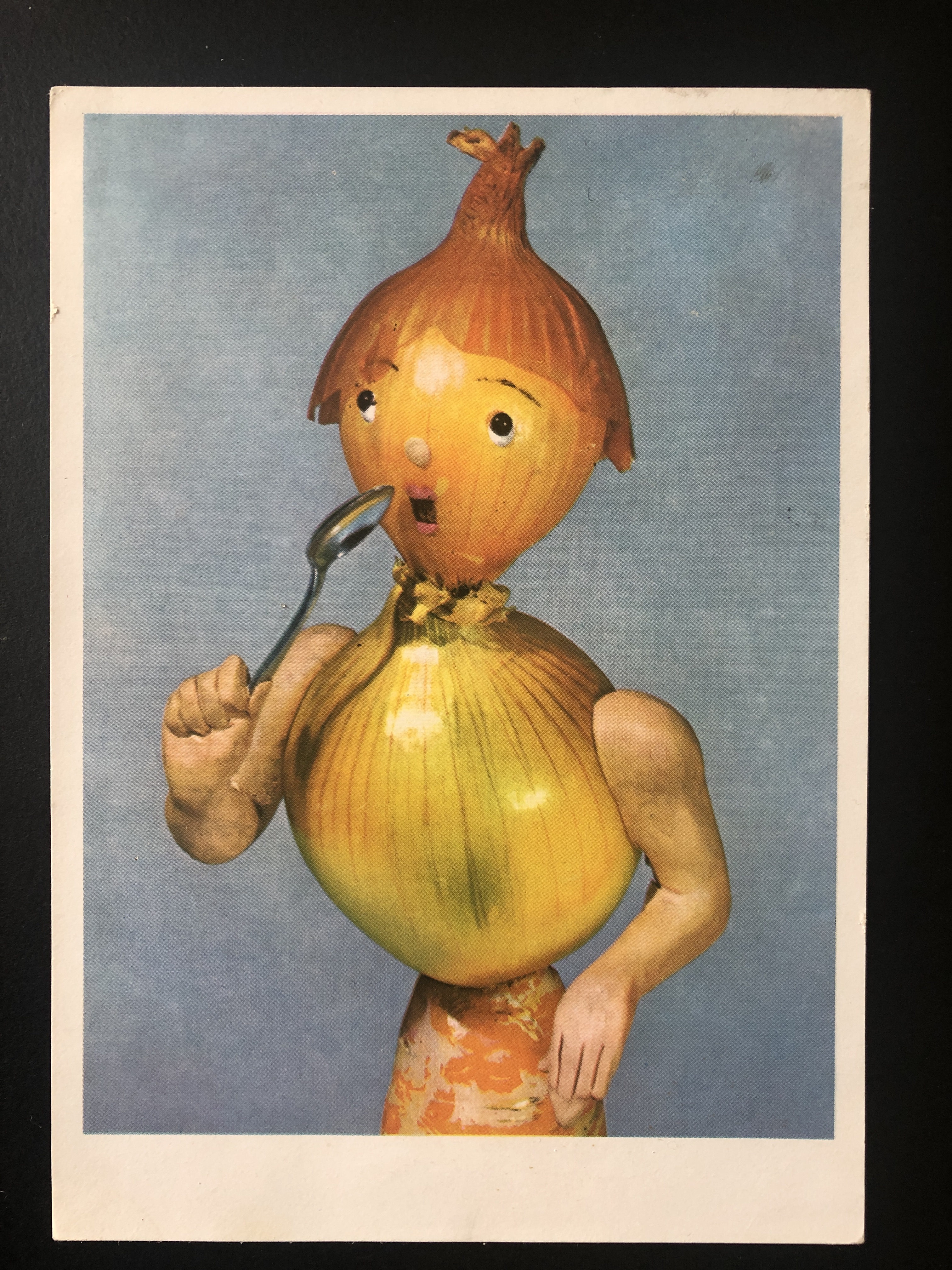
Postcard with fruit and vegetable sculpture by Henry Rox. Rox Karte Serie 158/3 (Archive Helene Roth). 
Postcard with fruit and vegetable sculpture by Henry Rox. Rox Karte Serie 158/6 (Archive Helene Roth). 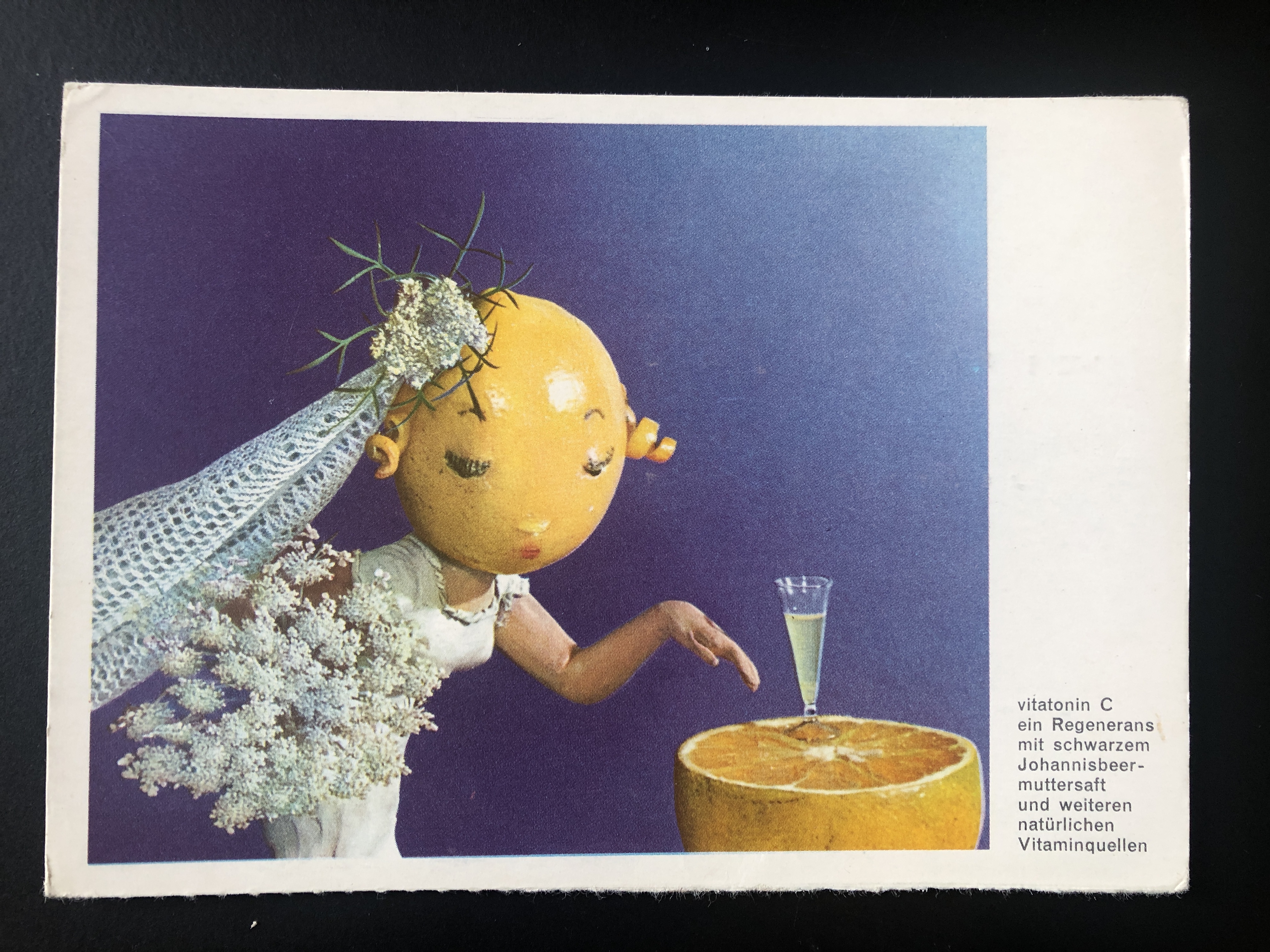
Postcard with fruit sculpture by Henry Rox as advertisement of the vitatonin C drink (Archive Helene Roth). Anonymous. "Speaking of Pictures ... these are Table-Top Photographs.“ Life, 18. November 1940, pp. 12–13.
Anonymous. “Speaking of Pictures … Fruit Figures Make A New Kind Of Cartoon Strip.” Life, June 1941, pp.10–11.
Anonymous. “Sculpture you could eat.” Detroit Free Press, 17 December 1944, pp. 74–78.
Henry Rox. Sculpture retrospective, exh. cat Dwight Art Memorial, Mount Holyoke College, South Hadley, 1966.
Phillips, Zlata Fuss, editor. German Children’s and Youth Literature in Exile 1933–1950. K.G. Saur, 2001.
Rogers, W. G.. „Vegetables In The World Of Art." The Record, 28 March 1945, p. 4.
Rogers, W. G.. "Sculpture With Vitamins Is Henry Rox’ Hobby.“ The Brownsville Herald, 6 May 1945, p. 6.
Roth, Helene. “Oral Interview with Wolfgang Vollmer.” March 2021.
Rox, Henry. Banana Circus, G.P. Putnam's Sons, 1940.
Vollmer, Wolfgang. Henry Rox Revue. Fotografie 1935–1955. FOTOHOF edition, 2021.
Word Count: 130
My deepest thanks go to Wolfgang Vollmer for providing me with information on his research on Henry Rox.
Word Count: 18
London, GB (1934–1938); New York, US (1938–1940); South Hadley, Massachusetts, US (1940–1967).
G.P. Putnam's Sons Publishing House, 2 West 45th Street, Midtown Manhattan, New York City (workplace, 1938–1940).
- New York
- Helene Roth. "Henry Rox." METROMOD Archive, 2021, https://archive.metromod.net/viewer.p/69/2948/object/5138-11194343, last modified: 31-01-2022.
-
Ellen AuerbachPhotographerNew York
When she arrived in New York in 1937, the German-born photographer Ellen Auerbach (formerly Rosenberg) had already passed through exile stations in Palestine and Great Britain.
Word Count: 25
Lilo HessPhotographerNew YorkThe German émigré Lilo Hess was an animal photographer working for the Museum for Natural History and the Bronx Zoo, as well being a freelance photographer and publisher of children's books.
Word Count: 31
Leco Photo ServicePhoto LabNew YorkLeco Photo Service was a photofinishing lab, highly-frequented and a contact hub for émigré photographers and photo agencies during the 1930s and 1940s, as well as a provider of employment for women in the photo industry.
Word Count: 36
J.J. Augustin Incorporated PublisherPublishing HouseNew YorkJ.J. Augustin was a German publishing house in Glückstadt with a long history, going back to 1632. In 1936 the American branch opened in New York with a large artistic and cultural focus.
Word Count: 33
Pantheon BooksPublishing HouseNew YorkPantheon Books was a publishing house founded in 1942 by the German émigré Kurt Wolff (1887–1963) and aimed at the exiled European community in New York.
Word Count: 24
Edith Tudor-HartPhotographerLondonThe Viennese photographer Edith Tudor-Hart emigrated to England in 1933 and made a name with her photographs focusing on questions of class, social exclusion and the lives of marginalised people.
Word Count: 29
László Moholy-NagyPhotographerGraphic DesignerPainterSculptorLondonLászló Moholy-Nagy emigrated to London in 1935, where he worked in close contact with the local avantgarde and was commissioned for window display decoration, photo books, advertising and film work.
Word Count: 30
Andreas FeiningerPhotographerWriterEditorNew YorkAndreas Feininger, was a German émigré photographer who arrived in New York with his wife Wysse Feininger in 1939. He started a lifelong career exploring the city's streets, working as a photojournalist and writing a large number of photography manuals.
Word Count: 39
Fred SteinPhotographerLawyerNew YorkAlways accompanied by his camera, the German émigré photographer Fred Stein discovered New York City during the 1940s and 1950s. His pictures provide an human and multifaceted view of the metropolis.
Word Count: 31
Alexey BrodovitchPhotographerArt DirectorGraphic DesignerNew YorkAlexey Brodovitch was a Belarus-born émigré graphic artist, art director and photographer who, from 1933, worked in New York for Harper’s Bazaar magazine and at the New School for Social Research.
Word Count: 31
Rolf TietgensPhotographerEditorWriterNew YorkRolf Tietgens was a German émigré photographer who arrived in New York in 1938. Although, in the course of his photographic career, his artistic and surrealist images were published and shown at exhibitions, his work, today, is very little known.
Word Count: 39
Tim GidalPhotographerPublisherArt HistorianNew YorkTim Gidal was a German-Jewish photographer, publisher and art historian emigrating in 1948 emigrated to New York. Besides his teaching career, he worked as a photojournalist and, along with his wife Sonia Gidal, published youth books.
Word Count: 35
YllaPhotographerNew YorkYlla was an Austrian-born photographer who emigrated to New York in 1941. Specialising in animal photography, she produced not only studio photographs, but also shot outside on urban locations in the metropolis.
Word Count: 31
Trude FleischmannPhotographerNew YorkTrude Fleischmann was an Austrian-Jewish portrait and dance photographer who emigrated in 1939 to New York, where she opened a studio in Midtown Manhattan with the photographer Frank Elmer.
Word Count: 28
Gerty SimonPhotographerLondonThe Berlin photographer Gerty Simon established a studio in Chelsea, London. Her solo exhibition Camera Portraits from 1935 featured a distinctive portrait of the émigré art dealer Alfred Flechtheim (shown above).
Word Count: 30
Elizabeth ColemanPhotographerWriterEditorNew YorkThe German émigré photographer Elizabeth Coleman emigrated in 1941 to New York, where she photographed and published the photobook Chinatown U.S.A..
Word Count: 22
Wolf SuschitzkyPhotographerCinematographerLondonThe Viennese Wolf Suschitzky made a career as a photographer and cinematographer after emigrating to London in 1935.
Word Count: 17
Chinatown U.S.A.PhotobookNew YorkChinatown U.S.A. is a photobook published by the German émigré photographer Elizabeth Coleman in 1946 focusing on American-Chinese communities in New York and San Francisco.
Word Count: 26
5th AvenuePhotobookNew York5th Avenue was the first photobook by Fred Stein and was created in 1947 with the publishing house Pantheon Books.
Word Count: 19
Tommy Apple and his Adventures in Banana-LandBookLondonThe children’s book Tommy Apple and his Adventures in Banana-Land with staged photographs by the émigré Henry Rox shows anthromorphised fruit and vegetables that think, speak and act like humans.
Word Count: 31